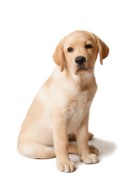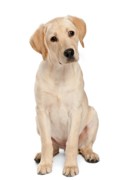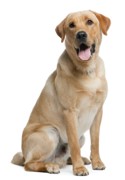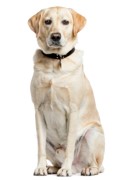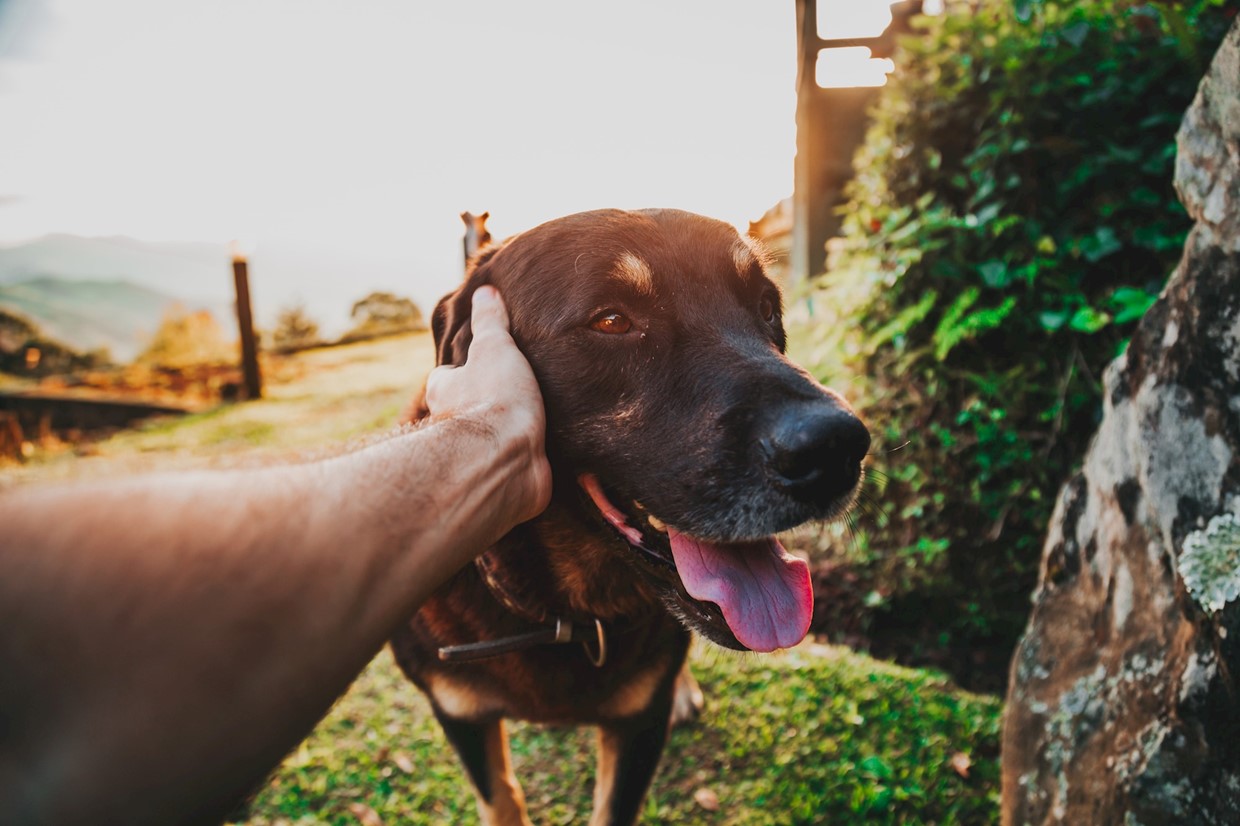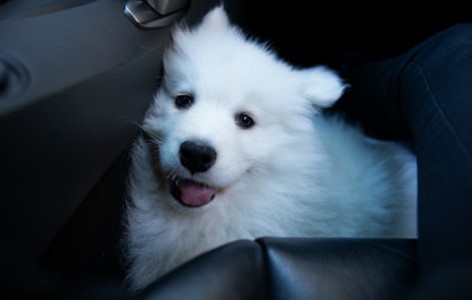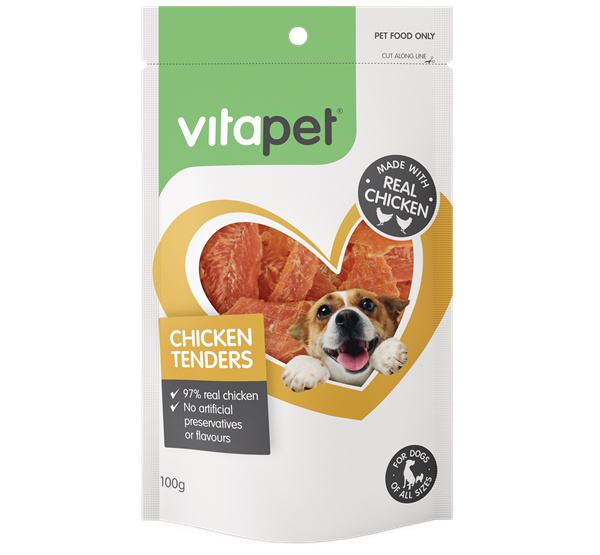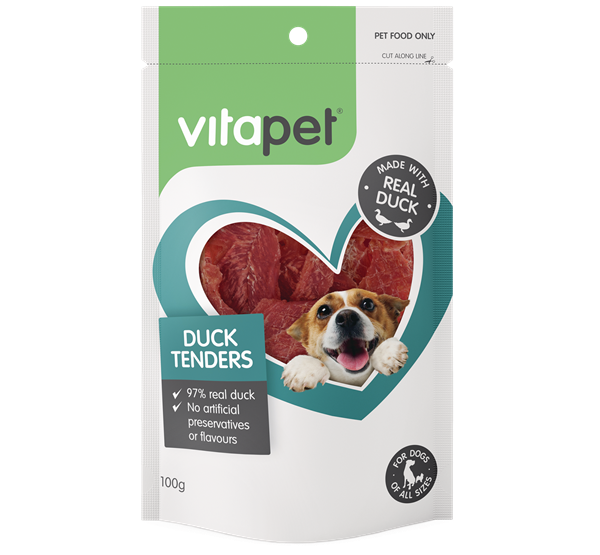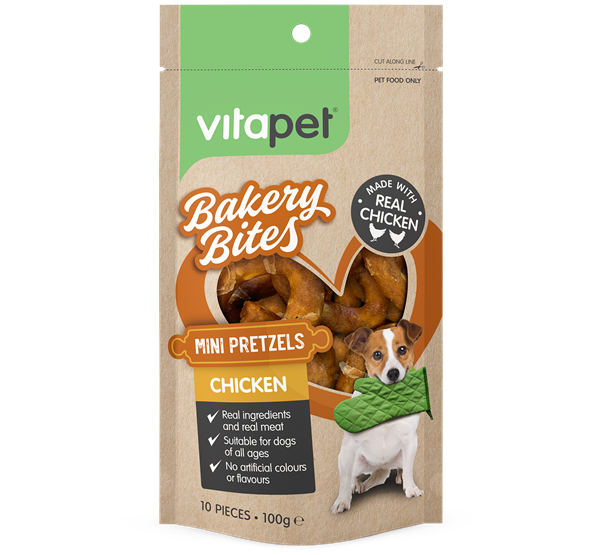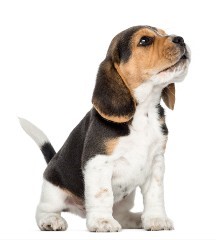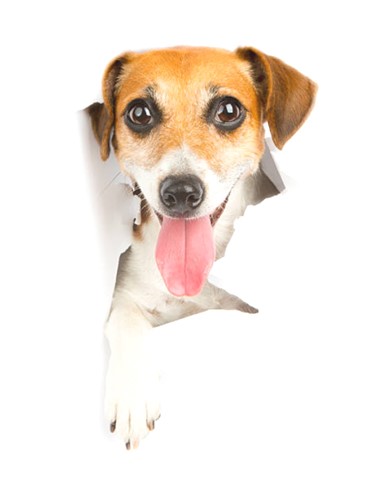Training Your Dog Not To Jump Up
Jumping up should never be encouraged. It can injure frail visitors and give small children a fear of dogs, not to mention lead to unnecessary laundry bills.
All dogs can be trained not to jump up, no matter what age. As with most training, all it takes is consistent, repeated lessons and rewards for good behaviour.
If we’re dealing with a mild jumper, talk to visitors about how to greet the dog. Ask them to fold their arms, avoid making eye contact, even turn around and ignore your dog. It may feel like we’re being ‘mean’ but their jumping behaviour is an attempt to gain attention, so if you reward them with fuss and recognition, you are encouraging the behaviour.
Excessive jumpers require more serious training where we need to show them that there are consequences to their actions. This is particularly the case when we have over-excitable, ‘hyper-active’ or big dogs, which are bound to do some damage if they continue jumping.
Ideally have one or two volunteers to help, and get the entire family, frequent visitors or friends on-board. Ask someone to come up to your front door, knock or make their presence known, as if coming into the house. The instant the dog does one jump, even the smallest jump, get them to silently turn around and walk away. Ideally, they won’t have even made eye contact. They wait, still facing the other way, until the dog has calmed down, then turn around and try again. Big, bold, ‘over-reacting’ on our behalf sends a very strong message to the dog that their behaviour isn’t welcome, and that the precious reward of attention will NOT be given when they are jumping.
Repeat this process until the dog stops jumping. Don’t ever push the dog down, as in doing this, you are giving the attention the dog desires, and they are likely to continue jumping. Remember that attention, whether positive or negative, is still attention.






